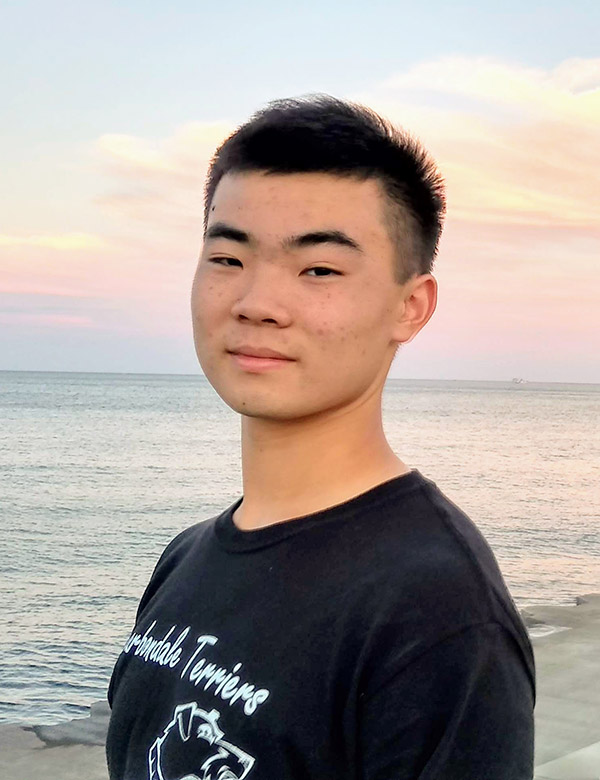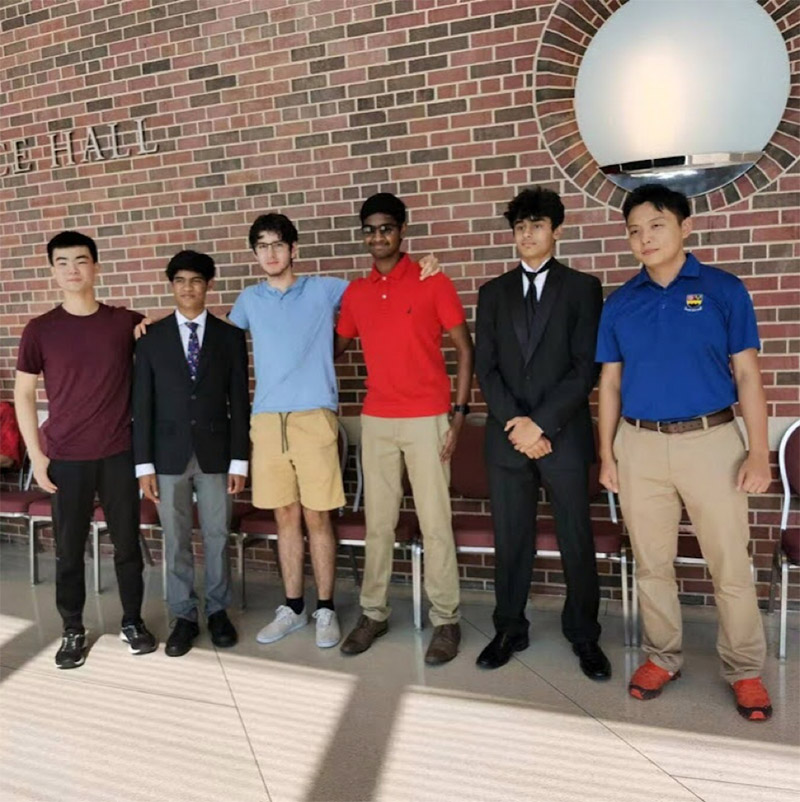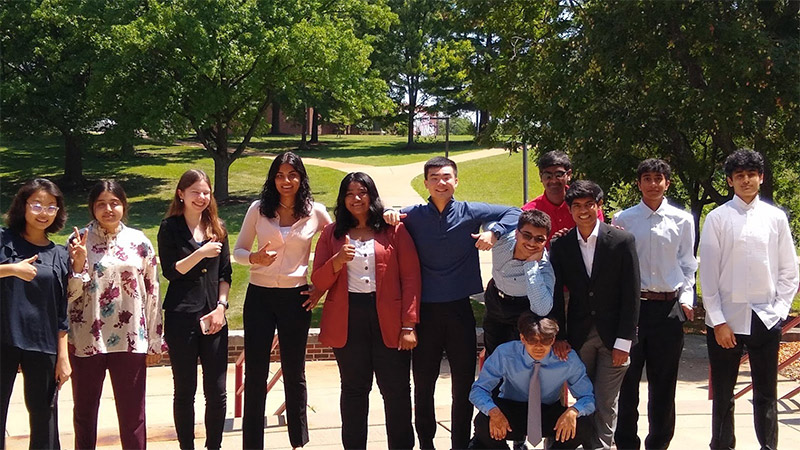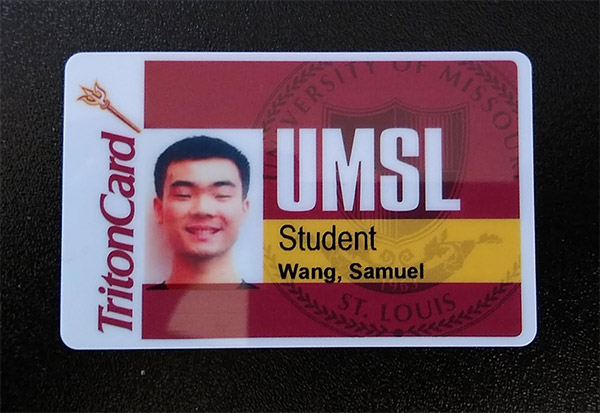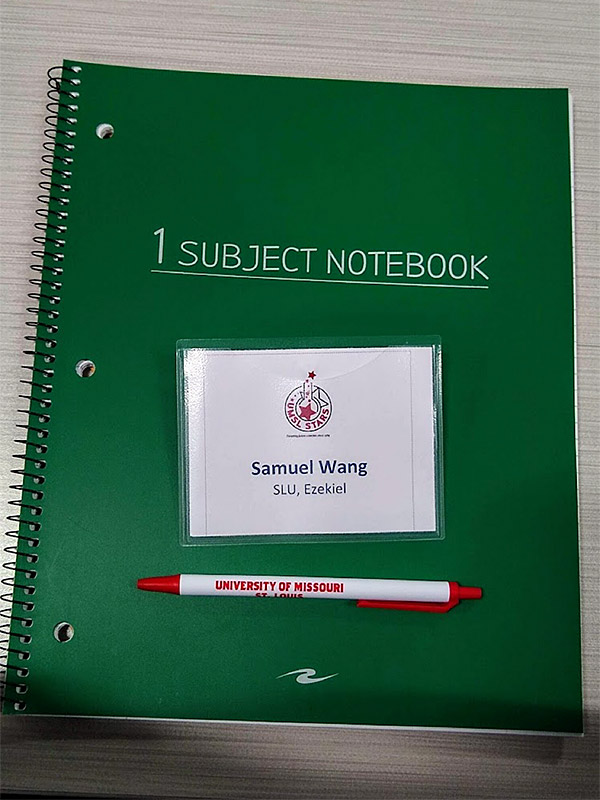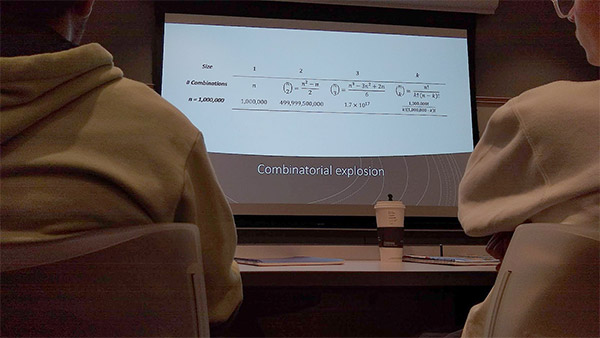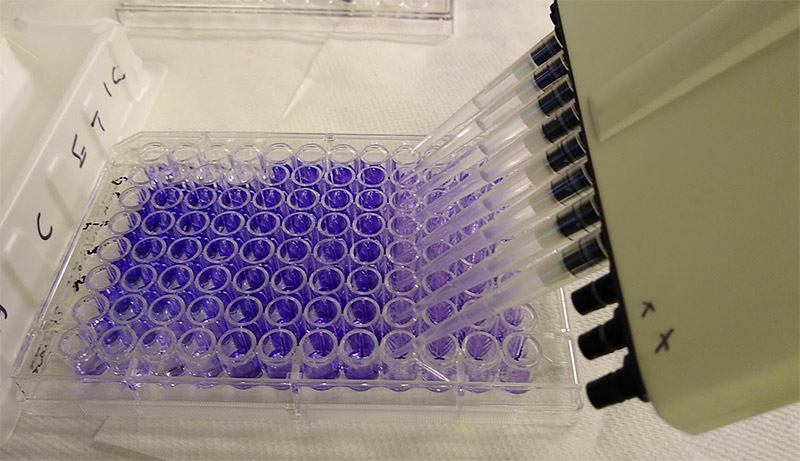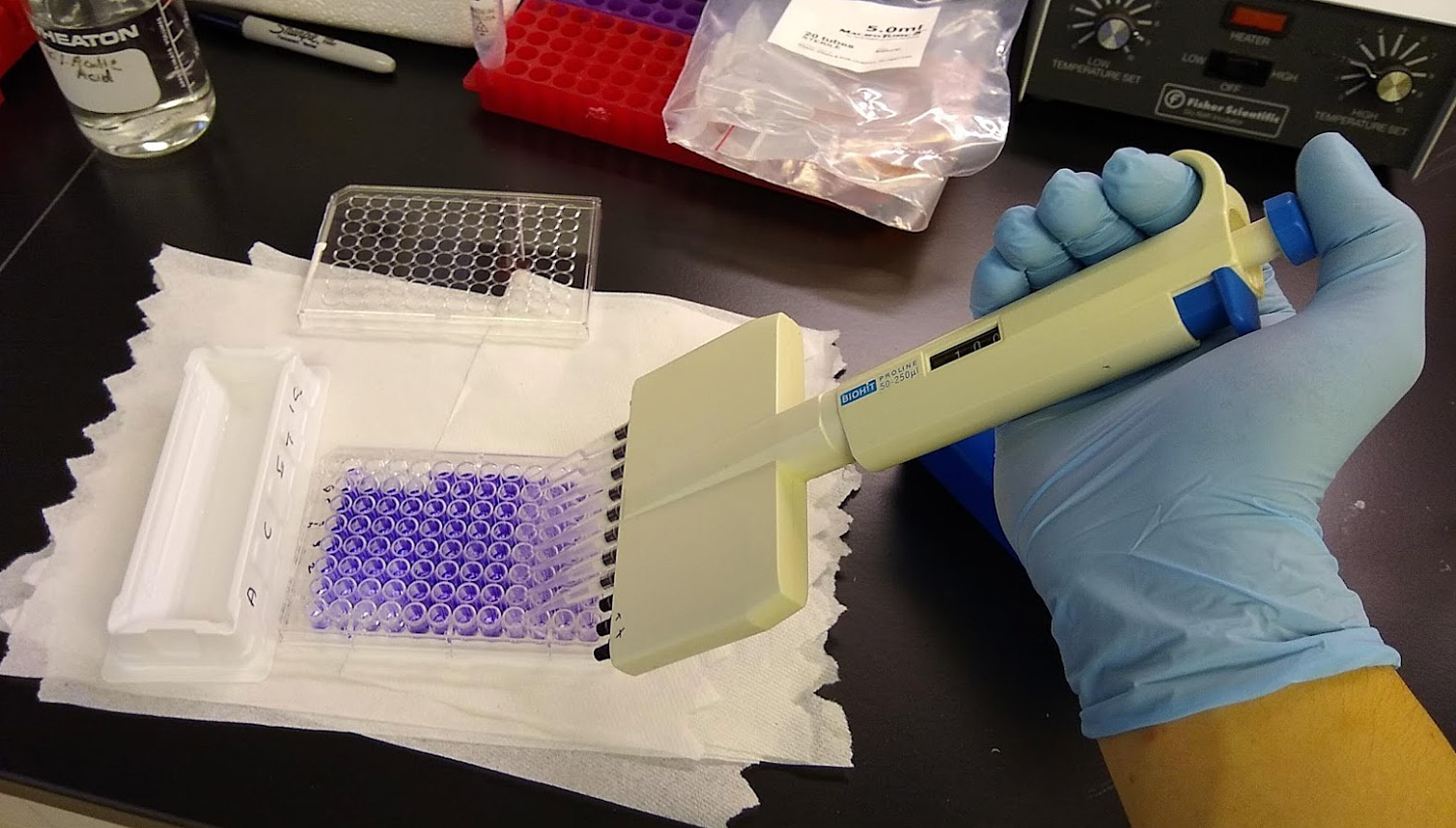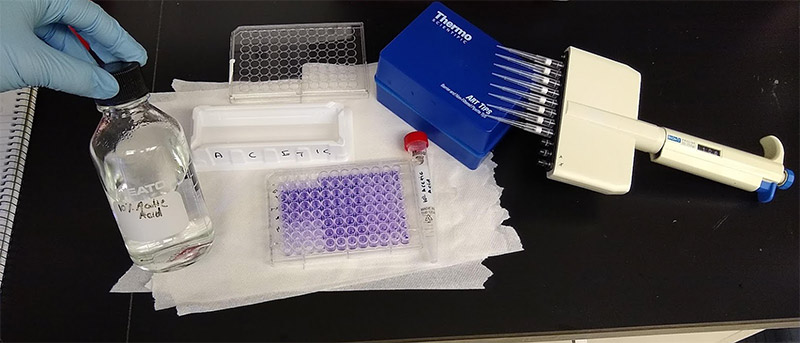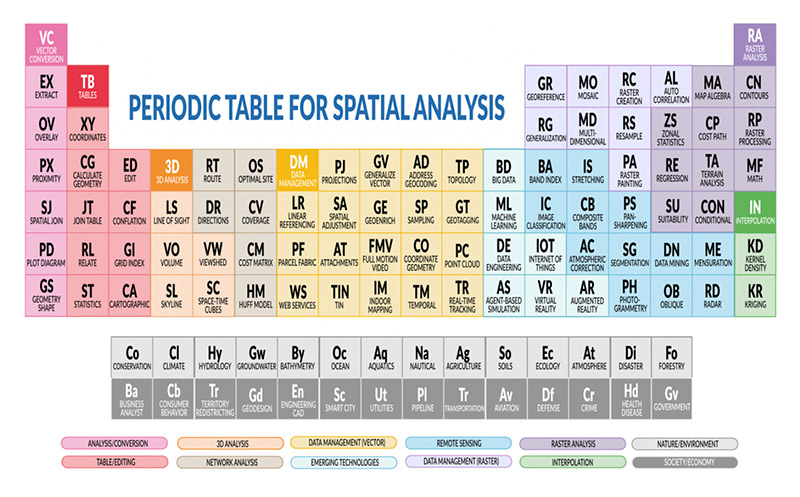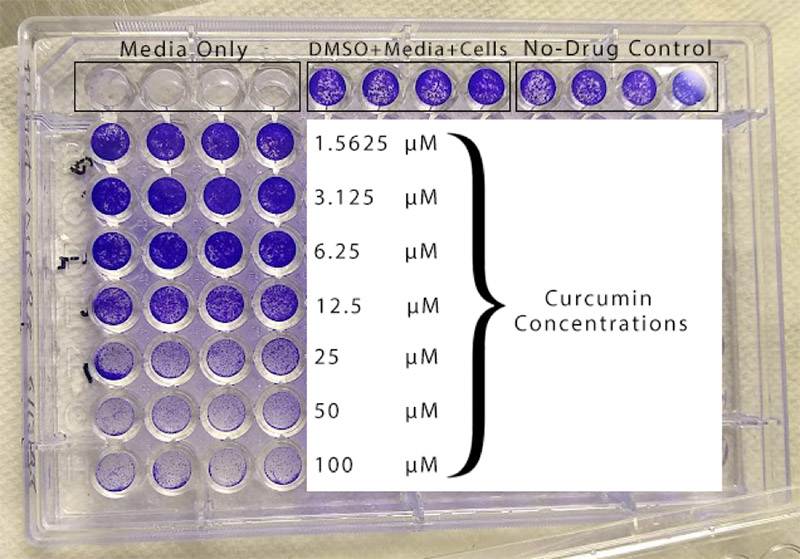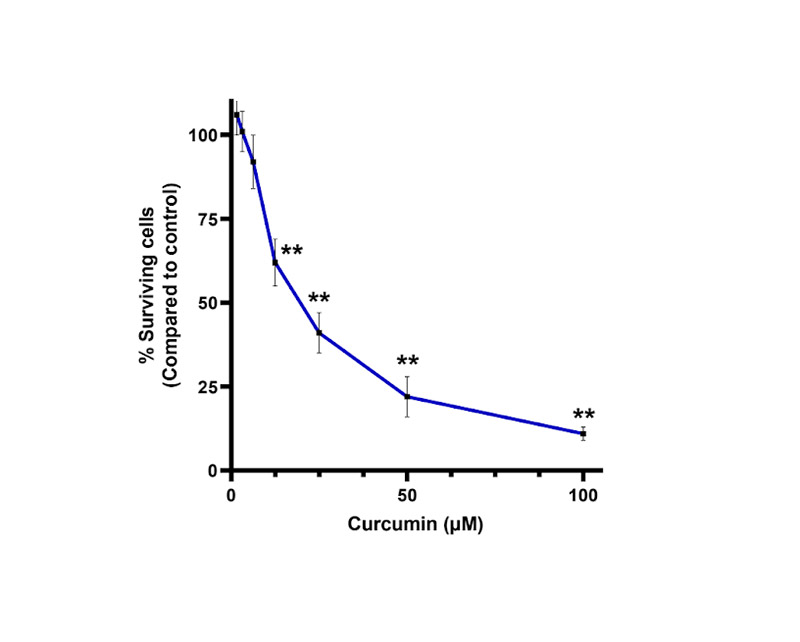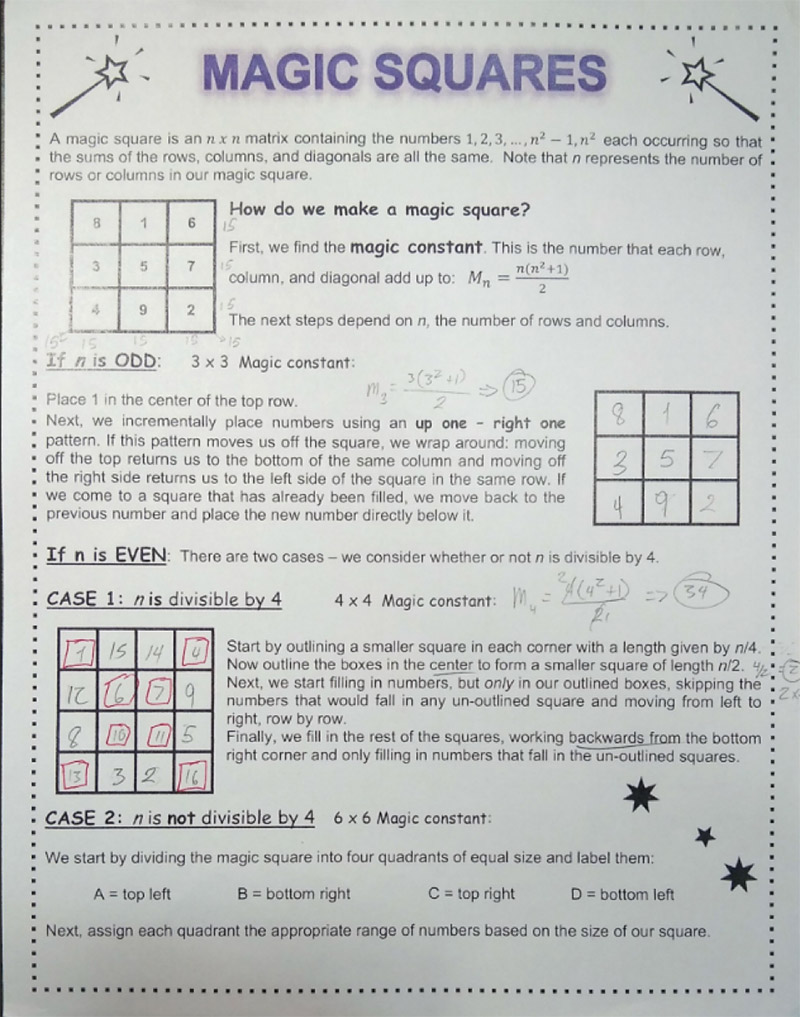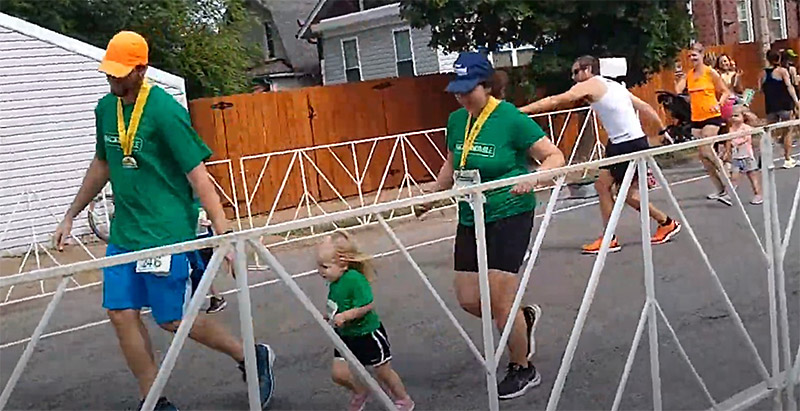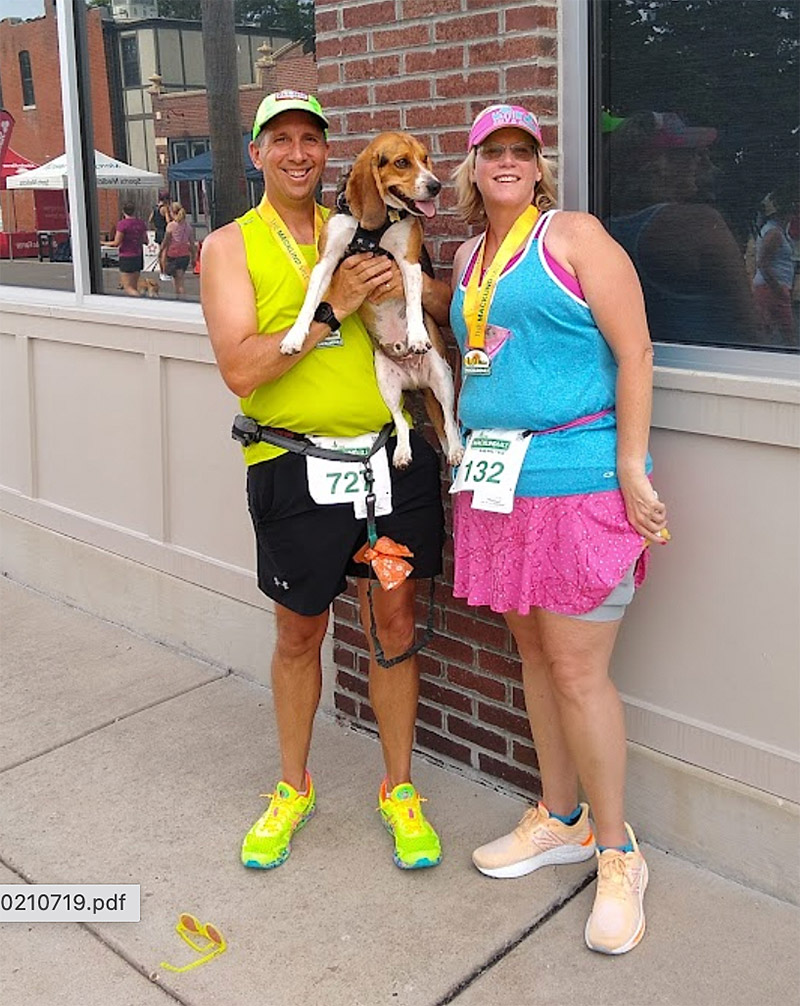Samuel Wang reports on his experiences while studying Cancer Research and Biology at the St. Louis Students and Teachers as Research Scientists (STARS) program at UMSL. During his first week, he has been exploring the campus, meeting instructors, colleagues, and forming friendships.
“The week has come to a close, and I have enjoyed my first week in Saint Louis! I have made new friends, explored around both of my campuses, and experienced some college life. During registration, I met a guy “K” whose research had to do with protein binding (synthetic spider silk) at Washington University at Saint Louis and a girl “H” whose project would consist of neuroscience at University of Missouri at Saint Louis. I met another colleague whose research also had to do with neuroscience but like myself, he was “stationed” at SLU. However, the primary thing I remember about him is how we both play violin and now always greet each other with a firm, businesslike handshake and a head nod while saying each other’s first name. Together, my new found friends and fellow researchers, decided to explore campus with our new ID badges after lunch, to get a better understanding of our campus at UMSL. We explored the Millennium Student Center until we had exhausted all its secrets like how UMSL students host song sessions in the third floor staircase landing. We walked outside in the 115°F heat index, heat advisory weather from student center to REC center and from the beautiful campus pond to the Research building. Needless to say, my first day was exhausting but quite fulfilling,” Samuel says.
“I got the opportunity to meet my mentor, Dr. Uthayashankar Ezekiel or Uthay for short on Tuesday and he gave me a tour of the general lab, the cell culture lab, the lab office, and I met my undergraduate labmates. Dr. Ezekiel had already given me one research review about anticancer phytochemicals found in edible plants such as onions, turmeric, and carrots and their effect on colorectal cancer (CRC) and two papers that he helped author about experiments done with the phytochemicals curcumin and silymarin on CRC (specifically DLD-1) cells. I learned that my research would be taking what we know about anticancer properties of phytochemicals and applying the same concentrations of curcumin, silymarin, as well as a curcumin-silymarin combination to gastrointestinal cancer cells. I am so excited to begin novel, undergraduate level research next week,” Samuel exclaims!
“Thursday and Friday I got to go back to Dr. Ezekiel’s lab and learn pipetting, some protocols for my experiment, and I completed a blood borne pathogen training. The undergraduates immediately took me under their wings, assisting me when I needed help, and taking me out to lunch at Mission Tacos and the humbler college staple meal of ramen.” Samuel adds.
Samual reports on his second week at the STARS program, working with cancer cells.
“Week 2 was so exciting! I got to begin parts of my research project like staining gastric cancer cells (AGS) that my undergrad lab partners had already treated with the increasing concentrations of curcumin, silibinin, and a curcumin+silibinin combination. The research mentor gave me instructions on how to stain the 96 well plate but emphasized that I was to do the entire process on my own except if I had questions or something went wrong. He emphasizes to me and the undergraduates that knowing how to do something is great but it is the principles behind that are most important. He wants to teach us to understand the process and the reasonings for each step because only then do we develop and grow our scientific processing mind. The same is true for why each of us receive a consistent number of papers to read because if we can synthesize the main point, processes, and reasonings of those studies (he calls them salient sentences), that means we first had to understand the paper to a degree that we can generalize. It’s not what you learn, it’s how you learn it that makes the difference in the future,” Samuel explains.
“After lunch that same day, I observed the cancer cell screening process and to be completely honest, I was overwhelmed. There were so many steps and each must be completed in direct succession of the one before that I literally quit taking notes. The only thing I could do was watch and hope I did not have to repeat whatever Dr. Ezekiel just did. For the rest of that day, I kept asking questions about the screening process. I asked Dr. Ezekiel to walk me through the entire method once again from placing empty media into the incubator, to trypsinizing the cell plate to plating, and all the way to counting the cells at the end of the process. I got to watch one one of the undergrads repeat the process (I also asked her questions) and I started to not only pick up on some methods I had missed the first time, but I noticed I was also gaining confidence,” Samuel adds.
In addition, Samuel Wang learned about serial dilutions and the process of testing for anticancer agents.
“My final project will be writing a research paper on the effects curcumin has on two types of gastric cell lines (MKN28 and AGS) and creating a presentation of my findings in a research lecture format that I will present at the end of the six weeks,” Samuel reports.
During his third week, Samuel Wang and classmates learned how Geospacial Analytics could be used as a tool for cancer research, the importance of effective presentations, best practices of scientific writing, how disease can affect vision, and using circadian rhythms when treating cancer cells, as presented by various guest speakers.
“I learned that… by layering multiple maps with income levels, the distribution of food shops, flood zones, business areas, etc. you can create an image of that area’s specific needs based on real time data. This type of career could also include mapping where hotspots of cancer patients reside and if there is any correlation, preventing and tracking water contamination, creating pollinator highways for bees to safely reach areas lacking in pollination, revamping EMT routes via accurate zoning, strategic placing of opioid or ALS treatment centers, and so many more. Essentially, if there is a problem somehow involving location, this field of study could find the solution,” Samuel explains.
“I thought optometry was boring until I learned about how 2.2 billion people are blind and 1.1 billion of that blindness could be prevented by a simple pair of glasses. What?! Was exactly what I thought. I learned about new ways to treat myopia, which is what I have-nearsightedness. I learned how diabetes can lead to metastatic cancer in the eyes which connected to my research project of anticancer phytochemicals which was sooooo cool. Further, the speaker worked with some other scientists to patent a consumer home eye care device that astronauts also use at the International Space Station,” Samuel adds.
“In research this week, I reviewed the cancer screening process to the point where I am fairly certain I could replicate it alone, a feat I am quite proud of. I also used acetic acid (vinegar) to make the crystal violet stained cells visible under a multiplate reader. The acetic acid soluabilizes the crystal violet so the multiplate reader/spectrophotometer can shine light through and calculate cell absorbance of curcumin (anticancer agent). This determines what percentage of each concentration actually got into the gastric cancer cell and prevented cell/tumor growth. This was one of the last steps in attaining results for my research project and I have to say it is really shaping up,” Samuel exclaims!
Samuel Wang took a break from studying and joined his mom to watch the Macklind Mile race — which included seasoned runners, neighbors, children, and even dogs!
Samuel Wang reports that his last weeks at STARS were spent working on his research project, completing experiments, running statistics, compiling data for his final report, and working with his mentor. He also learned about career and educational opportunities from several guest speakers.
“I completed three usable experiments and started getting the coveted data necessary for my scientific manuscript. I also have the screening process completely memorized by now which is something I am quite proud of bearing in mind that the first time I was taught the process, I was pretty overwhelmed,” Samuel says.
“I got the chance to make some revisions on my paper with my writing mentor. It was a virtual meeting but still extremely helpful as he elaborated on the comments he made the previous week and gave some professional scientific insight for how to explain my data,” Samuel adds.
“The last speakers of the day spoke about the direct correlation between music and math. Ancient Greeks called music sounding numbers and it was sooo cool to see how simple number patterns can create both eerie, transcendent, and beautifully musical pieces. I even learned a concept called magic squares that some composers use to compose their music with! That was the last lecture at UMSL but it sure went out on a high note,” Samuel exclaims!
“Presentation day rolled around and I was ecstatic to share my findings! It was astounding that the program had nearly concluded. The students were divided into many small presentation groups. STARS proctors, mentors, friends, and family were all present that day in the various rooms. I shared a lecture room with two presentation buddies and it was a lot of fun to learn about what they were doing during the six weeks and also to teach them about my study of curcumin’s effect on gastric cancer. Everyone was so supportive of each other and it was great to be a part of such a tight knit community,” Samuel says.
“My study examined the potential therapeutic effects of curcumin, a turmeric derivative, on gastric cancer. Basically, my experiment proved that curcumin was an effective anticancer/antiproliferative agent against gastric cancer,” Samuel adds.
Sounds like you had an amazing time at STARS, Samuel. Great work and much success!
>> Read Samuel Wang’s final report (PDF file, 50 KB).
>> Learn about other students’ experiences in the GFF Scholarship Program.


